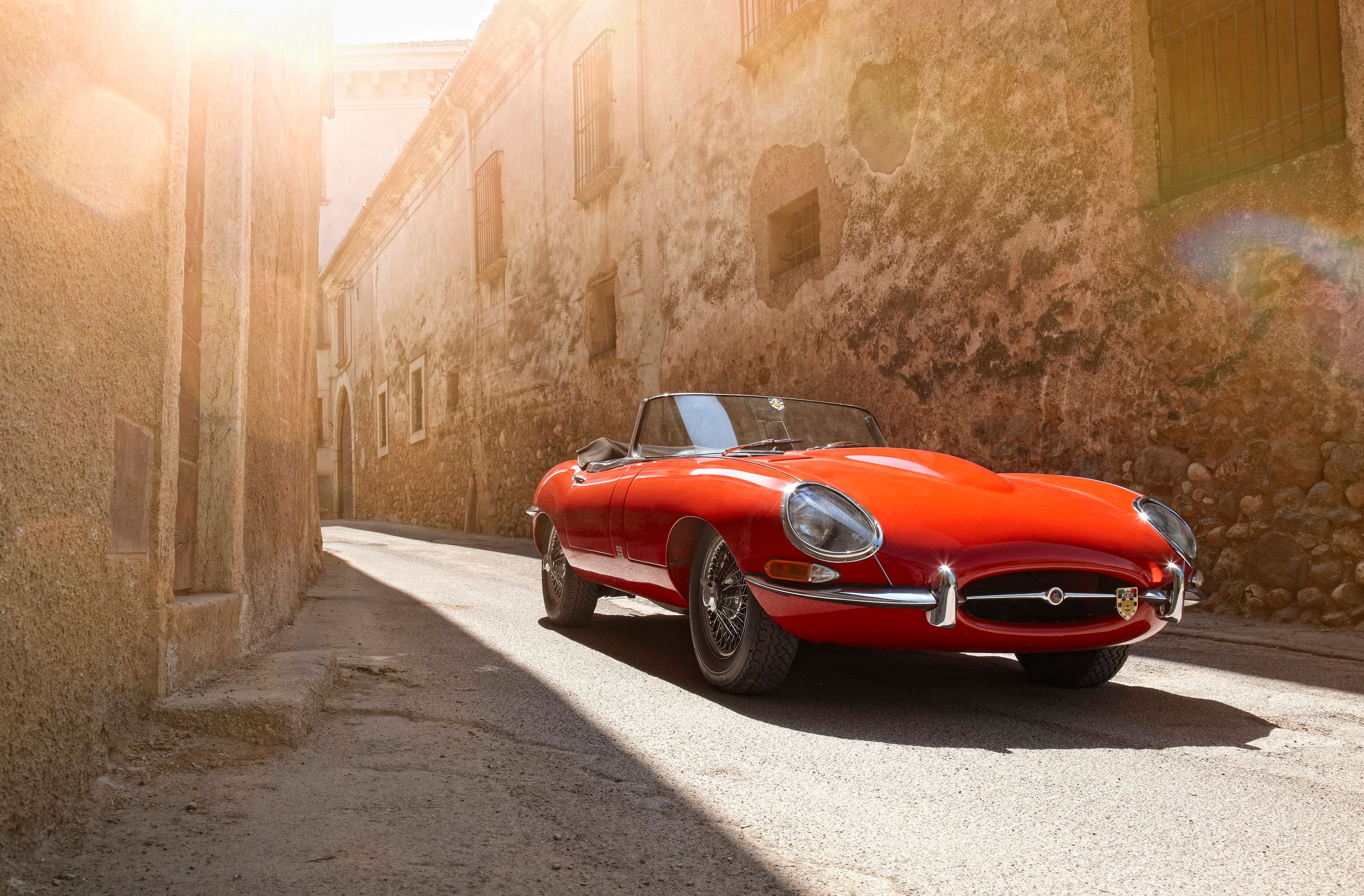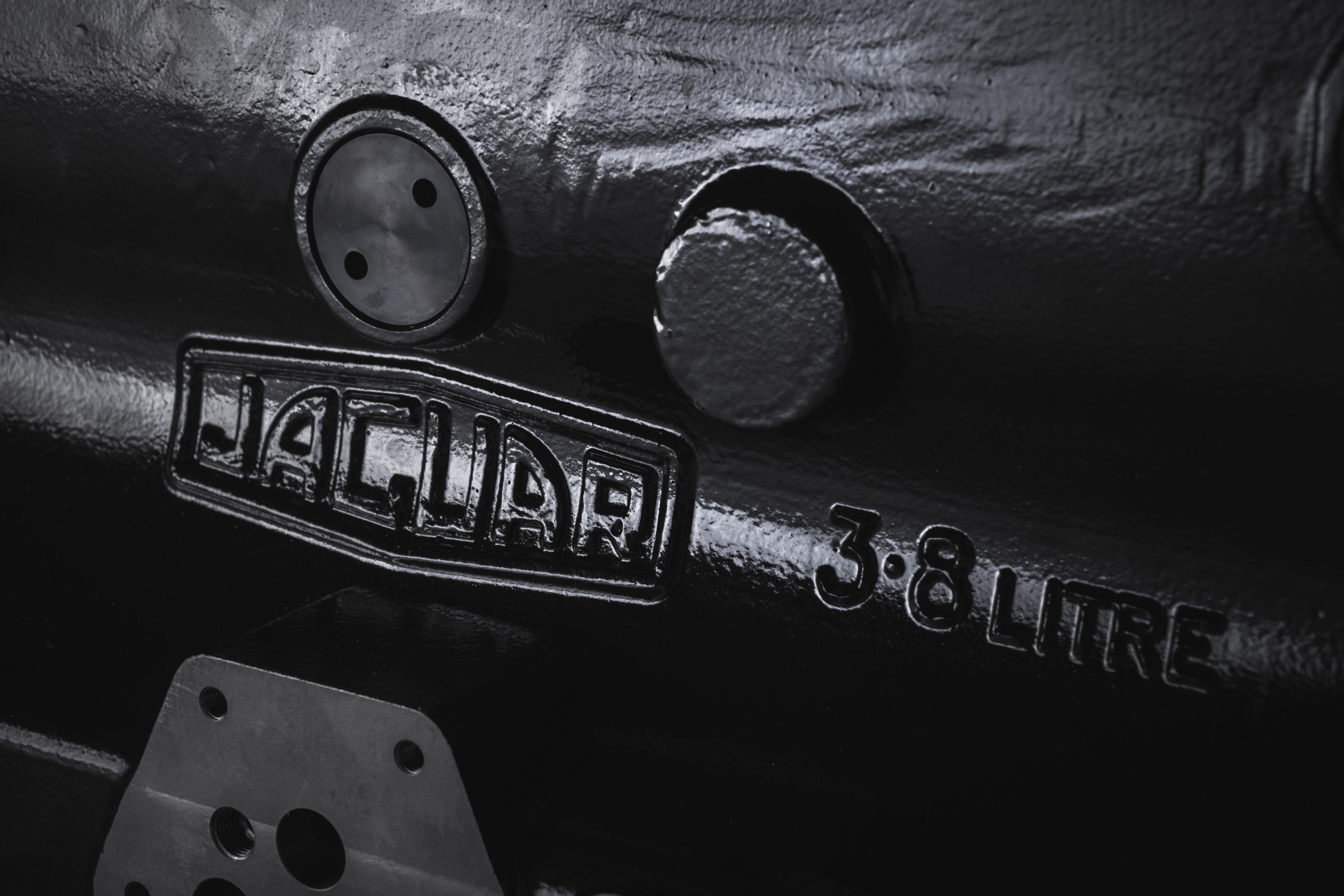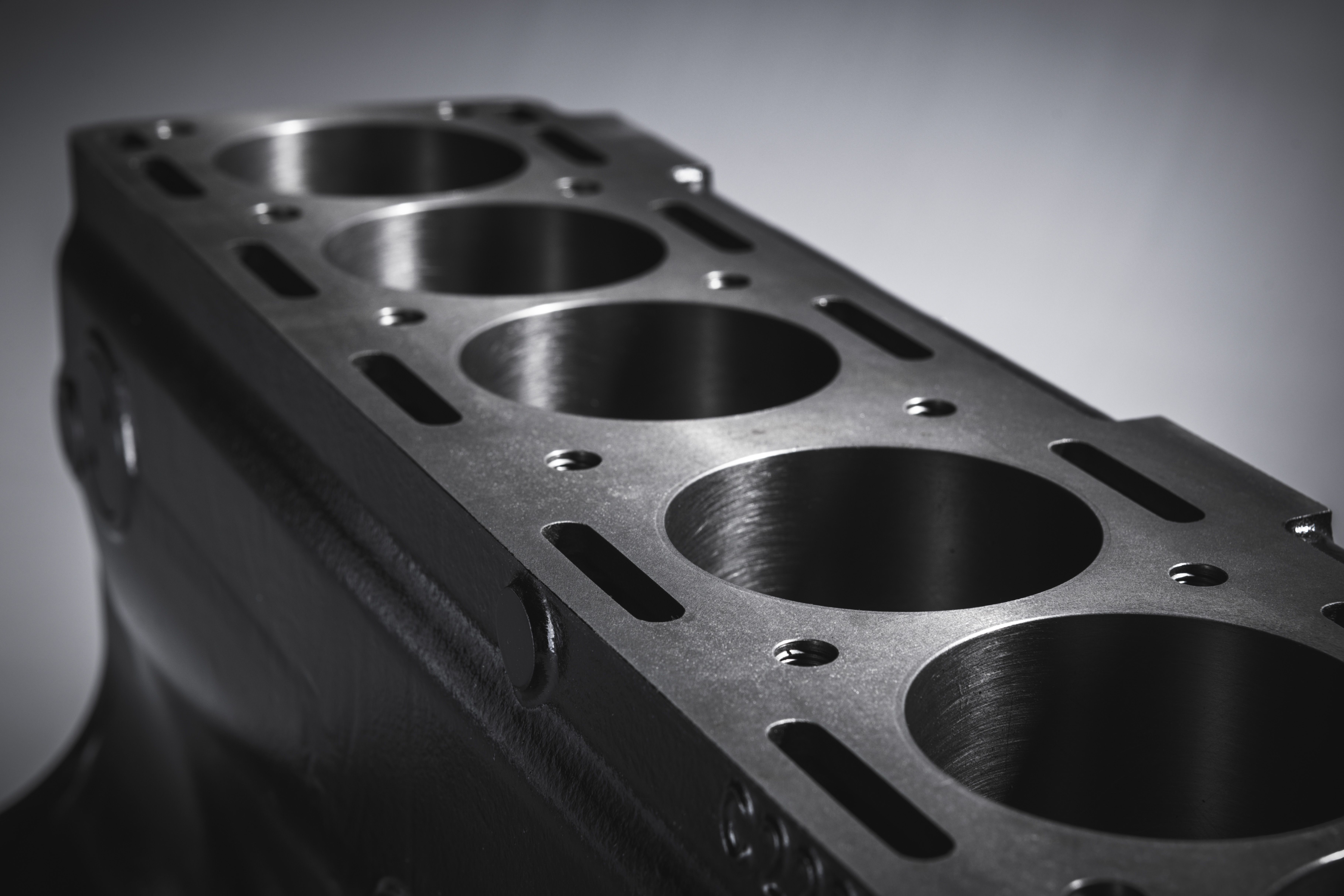Jaguar cares about its long and storied past and wants to take care of the people that keep its history on the road. To that end, the British automaker created its very own Classic division that does everything from restoring old models to building, from scratch, legendary 'Continuation' models such as the Jaguar XKSS.
Another thing the Jaguar Classic division does is provide customers with period-correct parts for their cars and now the list of parts has been enriched by the addition of one of Jag's truly emblematic powerplants, the 3.8-liter XK engine that's powered anything from the XK150 to the S-Type.
The department that cares for the elderly
The worst thing in the world when owning a classic car is needing a part for the car that is particularly rare or hard to come by because the manufacturer that made the car has either gone out of business or moved on and no longer makes the said part. Some of the big fish in the pond that is the automotive world cater to this demand via a department specialized in keeping the models of yesteryear on the road.
Mercedes-Benz or Porsche are among those that, through such departments, have begun making again parts that had otherwise been off the production line for years, parts that keep their classic models going. Jaguar Land Rover has also followed suit in 2015 when the Classic department was launched in style, by announcing that it will develop and build the Jaguar E-Type Lightweight Competition Coupe continuation model. The scope, back then, was to fulfill Jaguar's original promise of building 18 Lightweight E-Types which meant building an additional six examples to complement the original 12 assembled back in the early '60s.
Similarly, the Jaguar XKSS, effectively a road-legal version of the Le Mans-winning D-Type, was reborn in 2016 when Jaguar Classic announced it is preparing to make nine more XKSS' known to Jaguar fans as the "lost" Jaguar XKSS examples that were destroyed in a fire that ravaged through the company's Browns Lane factory all the way back in 1957.
Akin to the E-Type Competition Coupe continuation models, the new XKSS wasn't a restomod, Jaguar building these cars using old-school technology and period blueprints to make sure that the end result is as close to one of the 16 original XKSSs as possible.
The Classic department's latest undertakings include building 25 Continuation D-Types (it's the same deal as with its other previous project, as a batch of 25 cars would fulfill Jaguar's promise from the '50s of building 100 D-Types) as well as the radical E-Type Zero}.
As the name suggests, the 'Zero' is an all-electric version of the legendary two-seater sports car that is, otherwise, as close to being period-correct as possible. We delved into the not-so-oily-bits of the Zero prototype back in 2017 to tell you if Jaguar's attempt to "future-proof classic car ownership" is a sign of things to come or just plain old heresy.
A legend lives again, properly
While the future of the E-Type may forever be sealed with the emergency of the eco-friendly version, Jaguar hasn't forgotten that 99.9% of the E-Types that are still out there running are actually powered by combustion engines, either the venerable XK-series inline-six or the almost-pornographic V-12. Knowing also that many a car fan enjoy giving British classic car owners a hard time by constantly joking about the reliability of such cars, Jaguar Classic began making period-correct parts to keep old Jags and old Land Rovers on the road.
Soon, the list of genuine parts will be complemented by the addition of a full-blown engine, one that's attained legendary status among Jaguar lovers no less. We're talking about the XK-series 3.8-liter inline-six engine that was discontinued back in 1968. Part number #C22250 is a cast-iron block beauty built to the original specifications proved by the attached certificate of authenticity and a 12-month warranty for parts.
So, not only will you be paying about $17,800 for the block - as much as it would cost you to get a brand-new Kia Forte - but you're also looking at upwards of $5,000 in extra expenses as you locate the rest of the bits and pieces that make the engine go.
Is it a good deal? Well, the 3.8-liter version of the inline-six XK engine is quite rare having only been made for 10 years but we're sure you can probably find an engine worth restoring in some beater at the scrap yard and the whole affair won't set you back over $20,000 but, then, your restoration project won't have a brand-new block built by the guys at Jaguar Classic themselves as its beating heart.
The history of a celebrated drivetrain
The XK engine dates back to the days of World War II when Jaguar's top brass, namely Sir William Lyons and Chief Engineer William Heynes, began planning ahead for when the fighting would be over and peacetime production could resume. The two men envisioned a production sedan capable of not only reaching but also traveling quite comfortably at 100 mph which was no small feat for a car at the time.
Helped by Messrs Walter Hassan and Claude Baily, Heynes soon got to work designing both a straight-four and a straight-six engine which would both ultimately feature the overhead camshaft design, against Baily and Hassan's initial feedback, the duo having had some unsavory experiences in the past with early OHV units. A four-cylinder engine with a three-bearing crankshaft and a capacity of 1.8-liters was ready by 1946 it took two more years of refinements through constant testing to get to the point where Lyons felt comfortable to unveil the new engine to the world.
When it finally happened, at the 1948 Earls Court Show in October, Jaguar showed up with both four-cylinder and six-cylinder engines to showcase at its stand but nobody really paid any attention to them as the company also unveiled a new car meant to be powered by the powerful six-cylinder unit: the Jaguar XK120. Built in great haste starting from the typical Mk. VII underpinnings that were sawed to fit a sumptuously elegant body, the XK120's name was a nod to its official top speed of 120 mph.
Priced well below the Italian opposition, few believed at the time that the otherwise jaw-droppingly gorgeous XK120 could actually go as fast as Lyons proclaimed but no journalist would speak ill of the company's claims after the day of May 30th, 1949, when, in Jabbeke, Belgium, Ron Sutton reached 132.5 mph in HKV 500, a streamlined XK120. Originally planned as an aluminum-bodied limited-edition model, the XK120 became a mass-market success largely due to the American market's thirst for a fast, beautiful two-seater sports car.
The rest, as they say, is history. a 3.4-liter version of the original XK inline-six powered Jaguar's first Le Mans winner, the aerodynamic C-Type and a 3.8-liter version was used by the very successful racing D-types in 1956. The muscular XK150S and the Mark IX sedan would also be recipients of this engine and, later, in 1961, Jaguar's biggest hit was also powered by the 3.8-liter XK engine. We're talking, obviously, about the Malcolm Sayer-penned Jaguar E-Type Series I unveiled in 1961.
Hailed by many as the most beautiful car in the world, the E-Type went on to become a legend and certainly stands to this day as the finest hour of the Coventry-based automaker. Sure, Jaguar specialists will gladly inform you that the later, Series 1.5 E-Types powered by the enlarged 4.2-liter XK6 engine (mated to a full-synchromesh box rather than the semi-synchromesh transmission of the early examples) is the most desirable version but the 3.8-liter engine is the daddy, the original and that's why we love it.



